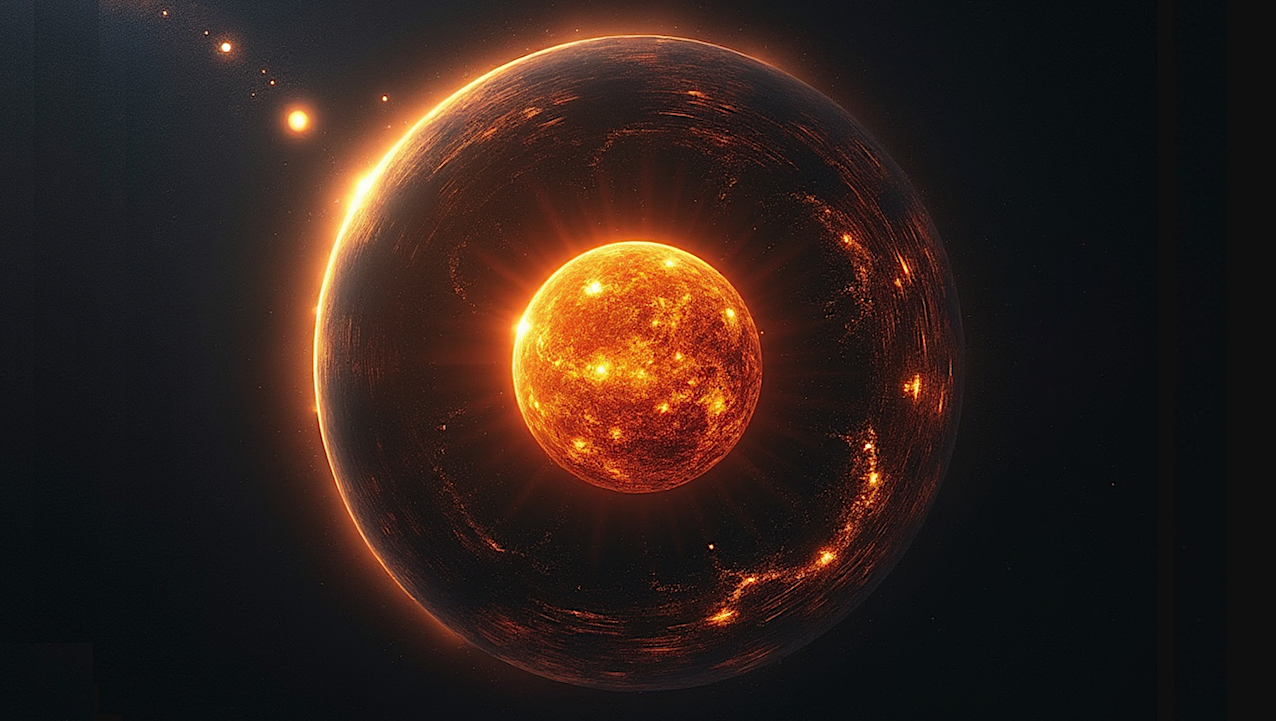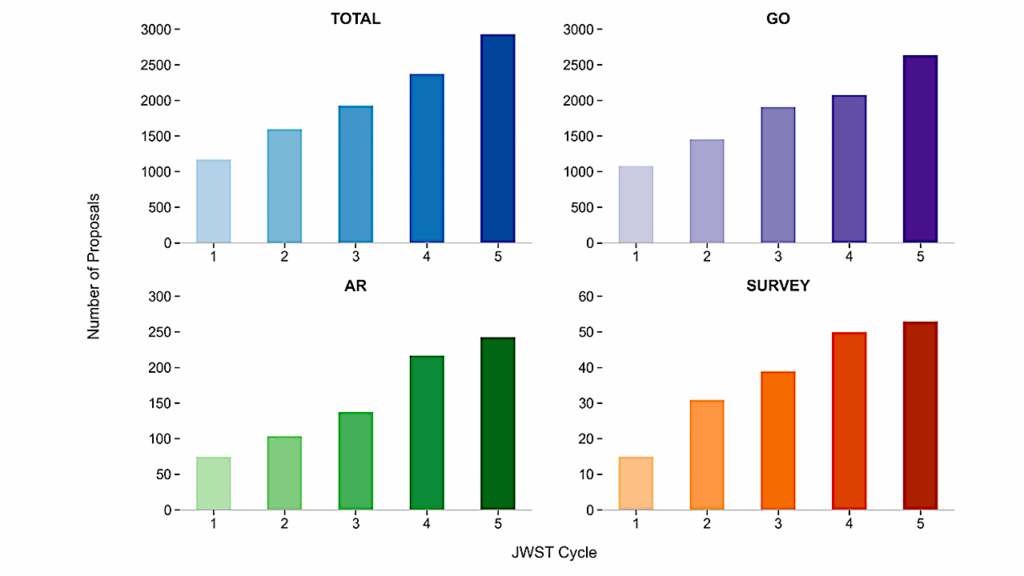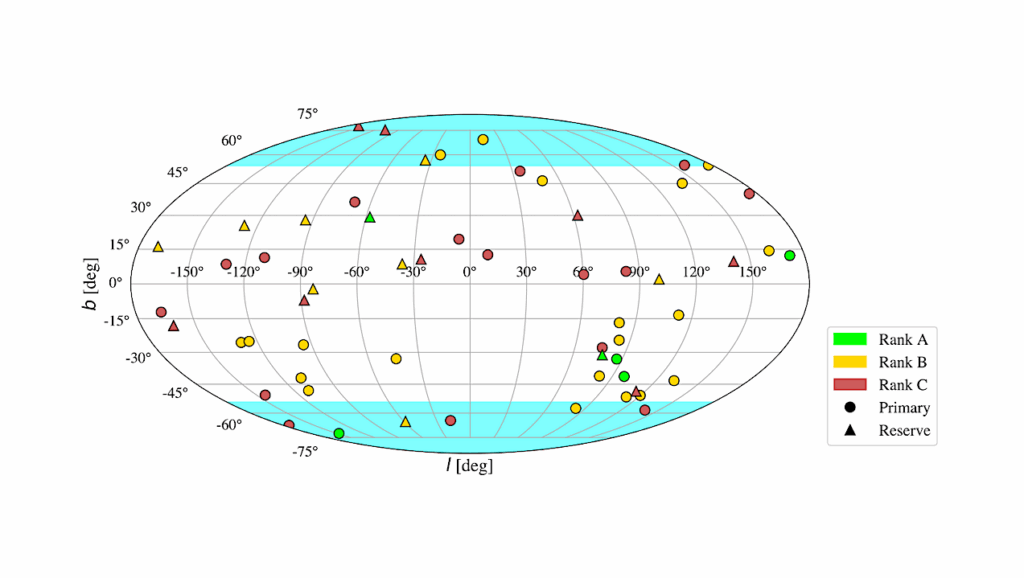Making Habitable Worlds: Planets Versus Megastructures

In 2016, a star KIC 8462852 caught the world’s attention due to a paper by citizen scientists who noticed its seemingly unexplainable brightness variations. The forward theory was offered – KIC 8462852 is surrounded by a Dyson sphere, a megastructure made by an alien civilization to collect all energy output from their star.
Finally, in 2018, its light curve showed chromaticity more characteristic of the dust (from comets or asteroids) rather than of something made from solid material, but the world was woken up to the idea of megastructures.
But, in Dyson’s time, only Solar System planets were known; it took more than 20 years to realize that nature has no problem making planets and does it with a flair — the total number of planets in the Galaxy is estimated to be in billions. With such abundance of planets, there would be no need to destroy the entire planetary system to make one sphere.
Instead, a civilization can expand to a system that has planet(s) in the habitable zone (HZ), or a planet can be moved into it. Alternatively, a free-floating planet (FFP) can be captured and moved into the HZ. These shifts can be performed at a constant low-thrust acceleration using high power directional lasers, resulting in a gradual spiral transfer from one orbit to another. We propose here to search for ETI by looking for high-power laser technosignatures and consider merits of such signatures.
We suggest to specifically pay attention to the multiple planetary systems that have Strange Exoplanetary Architectures (SEA) – unusual planetary arrangements that cannot be explained by current planetary formation theories, because these could be the result of ETI moving planets intentionally to suit their needs.
Raghav Narasimha (1), Margarita Safonova (1), C. Sivaram (1), ((1) Indian Institute of Astrophysics, Bangalore, India)
Comments: 8 page, 2 figures
Subjects: Popular Physics (physics.pop-ph); Earth and Planetary Astrophysics (astro-ph.EP); Space Physics (physics.space-ph)
Cite as: arXiv:2309.06562 [physics.pop-ph] (or arXiv:2309.06562v3 [physics.pop-ph] for this version)
https://doi.org/10.48550/arXiv.2309.06562
Focus to learn more
Submission history
From: Raghav Narasimha
[v1] Fri, 8 Sep 2023 18:10:13 UTC (5,200 KB)
[v2] Fri, 22 Sep 2023 10:15:48 UTC (5,243 KB)
[v3] Thu, 10 Oct 2024 14:24:56 UTC (5,233 KB)
https://arxiv.org/abs/2309.06562
Astrobiology,








